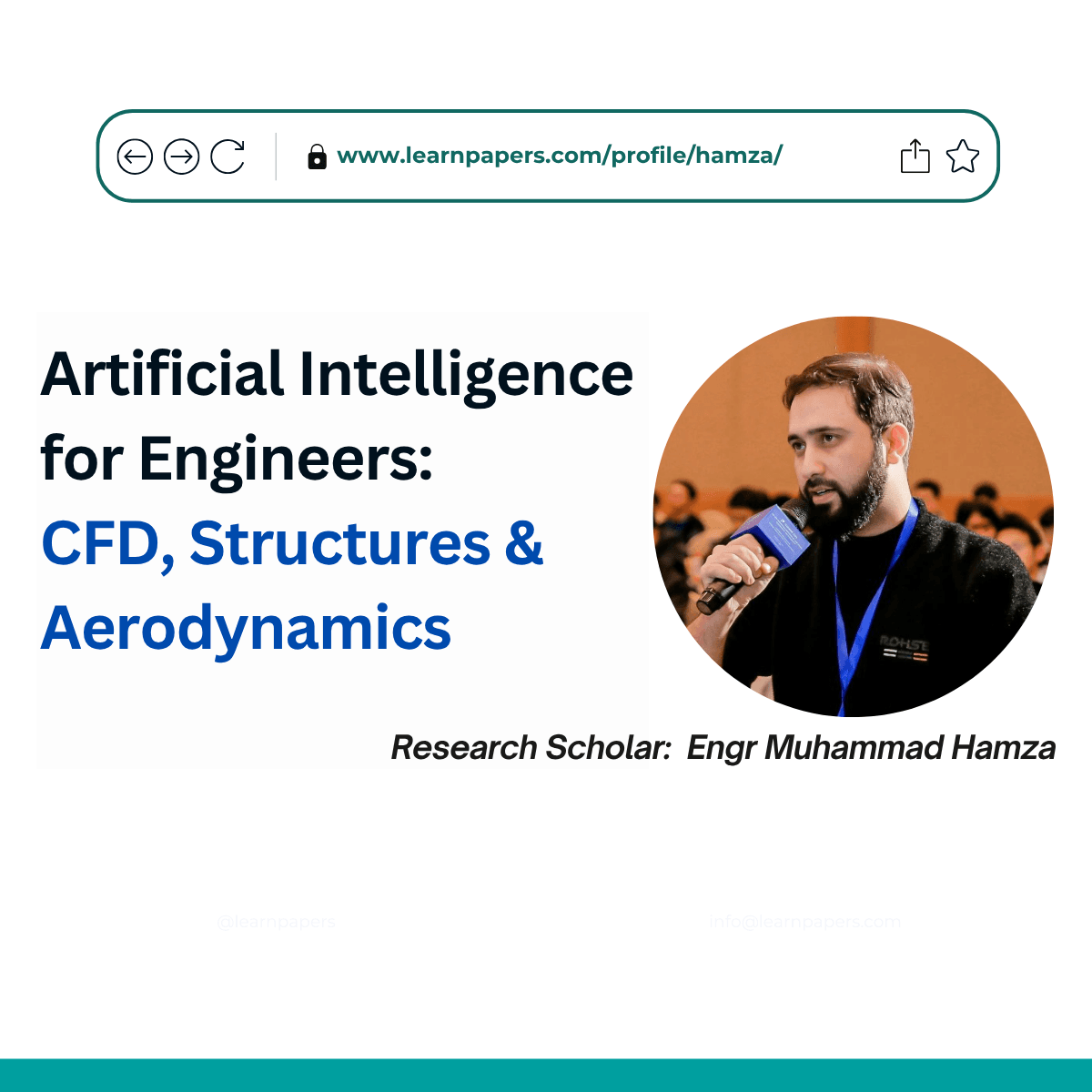Artificial Intelligence for Engineers: CFD, Structures & Aerodynamics

About Course
This 12-week course offers a hands-on journey into applying AI and ML to engineering problems in CFD, structural analysis, and aerodynamics. Learners progress from core AI/ML concepts to advanced topics like surrogate modeling, deep learning for flow fields, DRL for flow control, AI-enhanced FEA, design optimization, and hybrid physics-AI methods. Practical labs use Python (PyTorch, scikit-learn), OpenFOAM, and ANSYS, with weekly assignments on real datasets. By the end, participants complete a project applying AI to a real engineering problem and receive a certificate of completion.
Course Content
Introduction to AI in Engineering (Motivation and Overview)
What is Artificial Intelligence? Applications in CFD and Structural Analysis
Machine Learning vs Deep Learning vs Reinforcement Learning
Data-driven and physics-informed approaches in engineering
Engineering AI Workflow Overview
Key tools and languages (Python, NumPy, Scikit-learn, PyTorch)
Week 2 – Data Preparation and Feature Engineering for CFD and FEA
Week 3 – Classical Machine Learning Techniques for Engineering
Week 4 – Surrogate Modeling and Design Space Exploration
Week 5 – Neural Networks and Convolutional Models
Week 6 – Graph and Transformer Architectures for CFD/FEA
Week 7 – Basics of Reinforcement Learning (RL)
Week 8 – DRL for Aerodynamic Flow Control
Week 9 – Hybrid Physics–AI Modeling in CFD and Structures
Week 10 – Structural Mechanics and AI-Based Damage Prediction
Week 11 – Capstone Project Setup
Week 12 – Final Project Execution; Presentation
Student Ratings & Reviews
This course offers a unique blend of AI and engineering, making complex topics like CFD and structural analysis more accessible through machine learning. The content is well-structured, progressing from fundamentals to advanced applications. It's ideal for engineers looking to future-proof their skills. The hands-on approach with real-world examples enhances practical understanding. A must-take for those bridging traditional simulations with modern AI techniques.

